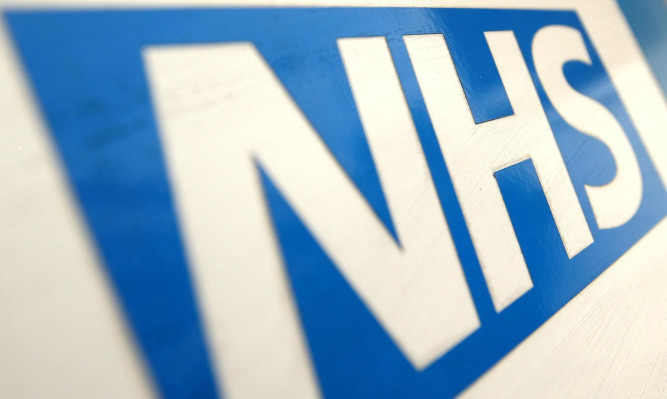
English NHS hospitals are urging thousands of patients to pay for treatment themselves to jump queues for routine surgery.
Some hospital trusts have seen a ten-fold increase in the number of patients funding their own treatment in the past two years, The Sunday Post can reveal.
Money paid out by the queue-jumpers goes back into the NHS.
But critics have hit out at a “two tier” system, which means those who cannot afford to pay for their own treatment are kicked to the back of the queue.
Dr Clive Peedell, a consultant at South Tees hospital in Middlesbrough and leader of the National Health Action Party, said: “Patients are now being given a stark choice: Pay-out-of-your-own-pocket for treatment or no treatment.”
The number of treatments available on the NHS for free has been slashed in recent years because of strict constraints on NHS Trust budgets.
Those which had previously been carried out for free include IVF, knee and hip replacements as well as varicose vein removal and eye surgery.
However, many now require patients to be in significant pain, or have severely reduced eyesight or mobility, before they are allowed free treatment.
There are currently 3.2million patients awaiting routine surgery, scans or other treatments in England a six year high.
It is a rise of 700,000 from April, 2010 when the Coalition government took over and is the highest since January 2008, the year when the Labour Government introduced a target to ensure all patients were treated within 18 weeks.
Official figures from last month showed a total of 189,571 patients had waited longer than 18 weeks, with 521 who waited longer than a year.
More and more patients are deciding to pay for treatment from their own pockets, which can set them back up to £10,000.
This is different from having private treatment as procedures will be carried out by the same doctor at the same hospital just like they would for free on the NHS.
Roger Goss, of Patient Concern, said: “It’s wrong for patients to be told, if you pay you can have the surgery tomorrow, if not you must wait. The real objection is while they treat all these private patients, everyone else is being pushed back even further. Hospitals are making money from the private patients and those who can’t afford to pay for their own treatment must wait.”
Dr Peedell said: “This is exactly what we’ve been warning about, a two-tier Health Service.”
Katherine Murphy, chief executive of the Patients Association, said it was “of great concern” hospitals are appearing to use private income to stretched budgets.
A spokesman for the Department of Health said: “There is no evidence to suggest NHS hospitals are treating private patients at the expense of NHS patients. Decisions on treatments are made by local doctors, based on clinical need, and restricting access on the basis of cost is wrong.”

Enjoy the convenience of having The Sunday Post delivered as a digital ePaper straight to your smartphone, tablet or computer.
Subscribe for only £5.49 a month and enjoy all the benefits of the printed paper as a digital replica.
Subscribe